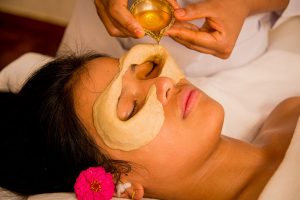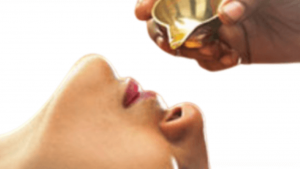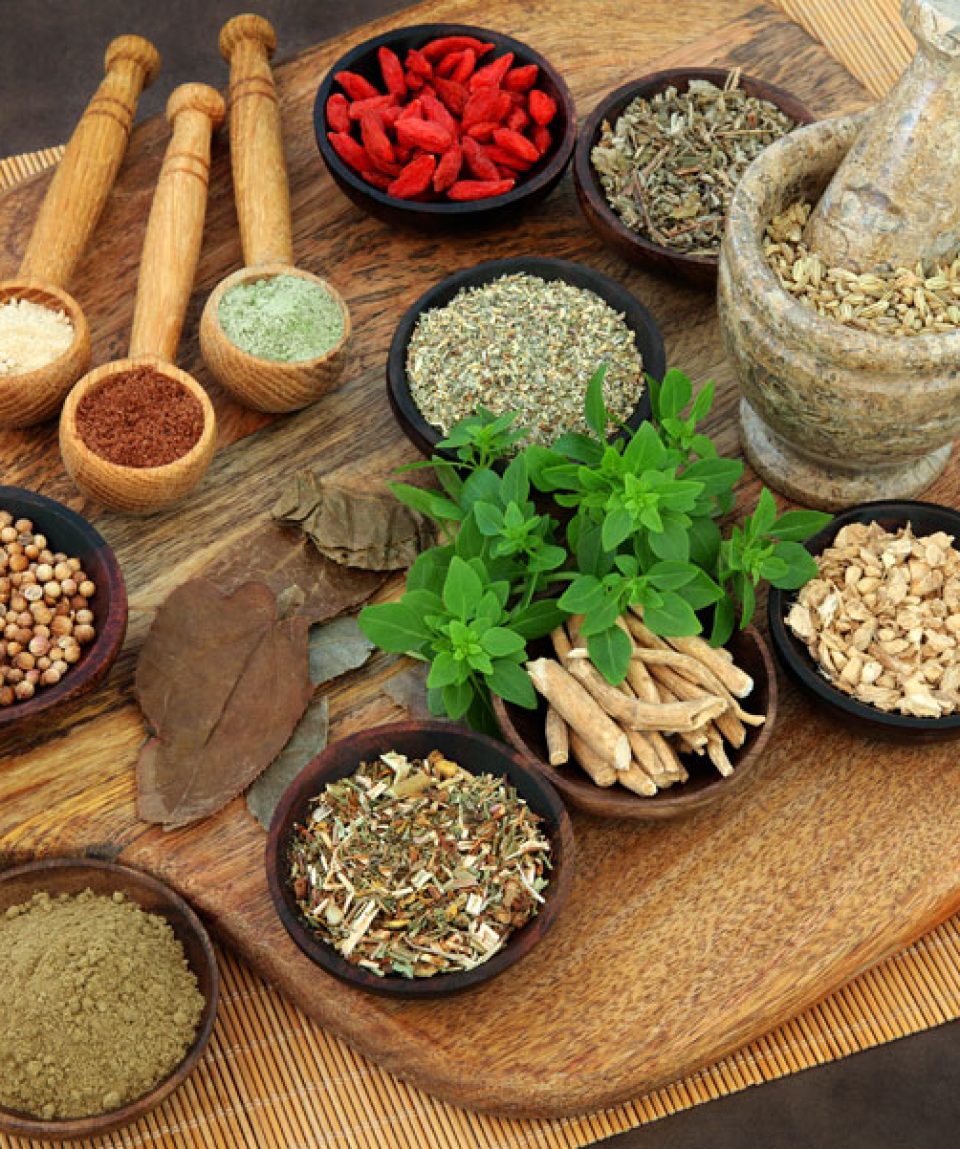Ayurveda
Ayurveda tourism is not just about good physical health. It is a therapy that promises holistic wellness. Ayurveda is a holistic system of medicine that deals with the body, mind, and spirit of a person by using herbs, yoga, and meditation. If you are looking for Ayurvedic diagnosis, mental or physical healing, Nepal offers a bevy of practices that specialize in natural treatments. Come to learn, be treated or discover this centuries-old natural treatment for wholistic health.

-
Reviews 0 Reviews0/5
-
Vacation Style Holiday Type
-
Activity Level Moderate
-
Ayurveda is the most truly recorded culturally-based health system in Nepal. “About 75%-80% of the population of Nepal use Ayurveda and it is the most practiced form of medicine in the country”. The knowledge of Ayurveda was passed down orally for generations, and then eventually recorded as part of the Vedas – the oldest books known on Earth. The Vedas are vast texts that incorporate information on all aspects of society and life – politics, economics, religion, science, mathematics, architecture, and so on. The information on health and longevity is known as “Ayurveda” – the science of life.
Ayurvedic knowledge and practice flourished for several centuries when many of the well-known Ayurvedic texts were written. However, foreign invasions in India resulted in the loss of many of the texts and practices. When India was occupied by the British, Ayurvedic medicine was not supported and instead, western medicine was introduced. Nepal has never been invaded or ruled by foreign forces, so many of the ancient texts survived and Ayurveda was practiced without interruption.
Ayurveda History and Practices in Nepal
Nepal has the highest mountains on earth; the famous sagas, saint and enlightened being have meditated and lived in this land. Due to the unique situation, Nepal’s mountains Longitude and Latitude and strong wind of Nepal has caused thousands of medicinal herbs to grow. Nepal ranks as 9th among the Asian countries for its floral wealth with an estimated 9,000 species of flowering plants. At present, 6,653 species of flowering plants have been reported from Nepal. There are more than 3,500 medicinal herbs in Nepal. Ayurveda in Nepal always incorporated a person’s spiritual development, with the result that medicine was never limited to isolated aspects of a person or to the prescription of medication. The whole person was always considered from his/her four- dimensionality: body – senses, mind, and soul. 4,000 of the old Sanskrit texts are still extant in Nepal. Experienced and highly knowledgeable Ayurvedic doctors and their team live with all their hearts by the Ayurveda tradition and combine the ancient knowledge of healing with modern concepts. The competence and friendliness of the Nepalese and their highly developed intuitive faculties make all treatment into a beneficial event.
Today, Ayurveda is one of the most discussed topics among foreign visitors and patients with chronic diseases. There are various differences between the basic concepts of modern medical science and Ayurveda. The earliest classical Sanskrit works on Ayurveda describe medical science as being divided into eight components. Ayurveda is totally a life science while modern medical science deals with the treatment of disease. Once Ayurveda was the only science of medicine dealing with 8 parts as; medicine, surgery, pediatrics, ENT, etc.
Today, Ayurveda deals with only that part of knowledge which remained after 2000 years of destruction. Before Buddha’s gyaan of “ahinsa and prem”(NON-VIOLENCE AND LOVE), Ayurvedic surgery was at its golden era; dealing with cosmetic and plastic surgery along with organ transplantation too. The main classical Ayurveda treatises begin with legendary accounts of the transmission of medical knowledge of the Gods to sages, and thence to human physicians.
Nepal, the country which is mostly known to the world as the home of Himalayas, is rarely known for its affiliation with Ayurveda. It is the first nation in the world where Ayurveda is the national medical system (Nepal Ayurveda Health Policy, 1996). Ayurvedic pharmacy, Singha Durbar Vaidyakhana, which was established in the middle of the 17th century, is still in action and the Ayurveda School established in 1928 is producing Ayurveda manpower without a pause. Ayurveda is gaining popularity as a form of alternative healing in Nepal.
Practices of Ayurveda in Nepal.
-
Individual Practice
In Nepal, there are many traditional practitioners and healers. They are capable of managing a diversity of health problems with locally available resources. A large number of the population still depends upon these practitioners in rural areas of Nepal. The estimated number of these practitioners in Nepal is around 400,000. This resource is a potential for health service challenges, drug innovation, technological development, conservation of knowledge and practice, economic growth and utilization of local resources.
-
Wellness Practice
Ayurveda wellness can be seen as one of the most visible faces of alternative medicines practiced throughout the world. In Nepal, it has regained its lost ground in mass appeal along with renewed interest for it in the west.
Ayurveda encourages a balanced state of being to support good health. This balanced state includes harmonizing the mind, body, and spirit. Many trekking agencies, hotels, yoga centers, and Ayurveda centers offer wellness package in Nepal.
Ayurveda, yoga and meditation tour are the perfect combination of the Nepal wellness tour with yoga and meditation activities which is the gateway to fitness and ultimate happiness avoiding stress and tension from our lifestyle.
-
Clinical Practice
Ayurveda is the most truly recorded culturally-based health system in Nepal. Majority of Nepalese people use Ayurvedic herbs for their livelihood and health issues. In Nepal, there are two types of Ayurvedic hospitals, public and private. Department of Ayurveda under the Health Ministry of Nepal runs, 2 Ayurveda hospitals, 14 zonal Ayurveda dispensaries, 61 districts Ayurveda health centers, and 214 local Ayurveda dispensaries. And also, there are many private sectors Ayurveda hospitals and one government’s pharmaceutical company Singha Durbar Baidhyakhana Vikas Samiti which was established 360 years ago. And also, there are more than 32 private pharmaceutical companies in Nepal (Department of Ayurveda).

Things to Do?
Sarvanka Abhyangam (General Rejuvenation Therapy): It is therapy to ease away the stress and strain of urban hectic life. As the patient’s body soaks in oils, the supple hands of the therapists work their magic on his body. With each stroke, a message of relaxation and calmness passes through his body.
Shiro Dhara (Dripping Oil on the Forehead): It is considered to be one of the best discoveries of Ayurveda. This therapy consists of a soothing flow of medicated oil on the patient’s forehead. As the therapy proceeds patient feels himself being lulled into sleep. Escape to a tranquil world where the mind is relaxed. Soak and at the same time also awaken his third eye as the oil soothes his frayed nerves.
Herbal Bun Therapy: It improves toxins. This therapy is recommended for arthritis and other muscular-skeletal diseases.
Siro Basti (Putting oil on Head): For treatment, a long cap is fitted onto the head of the patient in which warm oil is retained. This therapy is excellent for memory loss, depression, insomnia, hemiplegic, etc.
Herbal Steam Bath: In this therapy, a gentle application of warm herbal oil is first done over the body. Next, the individual is made to sit, keeping the head out, inside steam from the chamber that lets out herbal steam from medicinal herbs makes the individual perspire profusely that promote cohesion between the cells.
Panchakarma (Five Actions): This treatment is a cleansing and rejuvenating program for the body, mind, and consciousness. It is known for its beneficial effects on overall health, wellness, and self-healing.
Tail Dhara (Whole Body Oil Bath): This bath gives the feeling of completeness and totality.
The ancient practice of Ayurvedic medicine has clearly helped millions of people creates healthier lives. However, like any other medical system, Ayurvedic therapies have contraindications and the potential for adverse effects or side effects. This is of particular concern when therapies are used incorrectly, are abused or administered improperly, or are prescribed by unqualified practitioners.
Thus, consumers must take responsibility when seeking Ayurvedic therapies. It is imperative to check all practitioners’ credentials, training, and experience.

